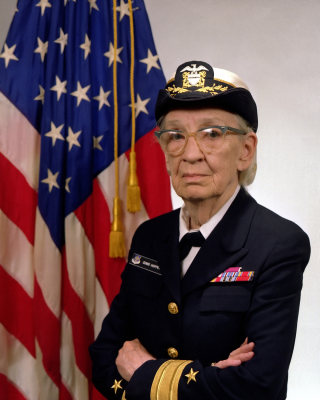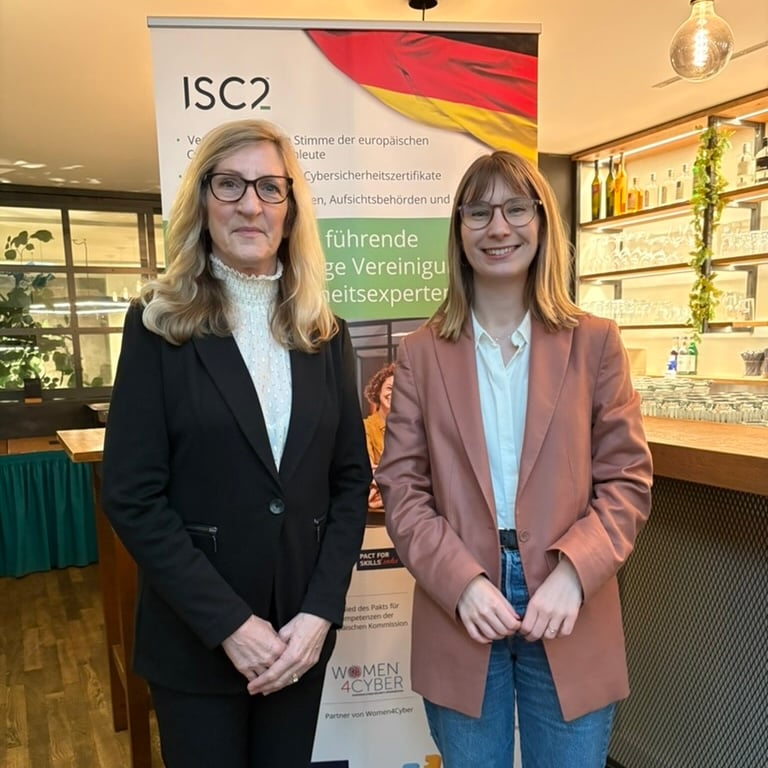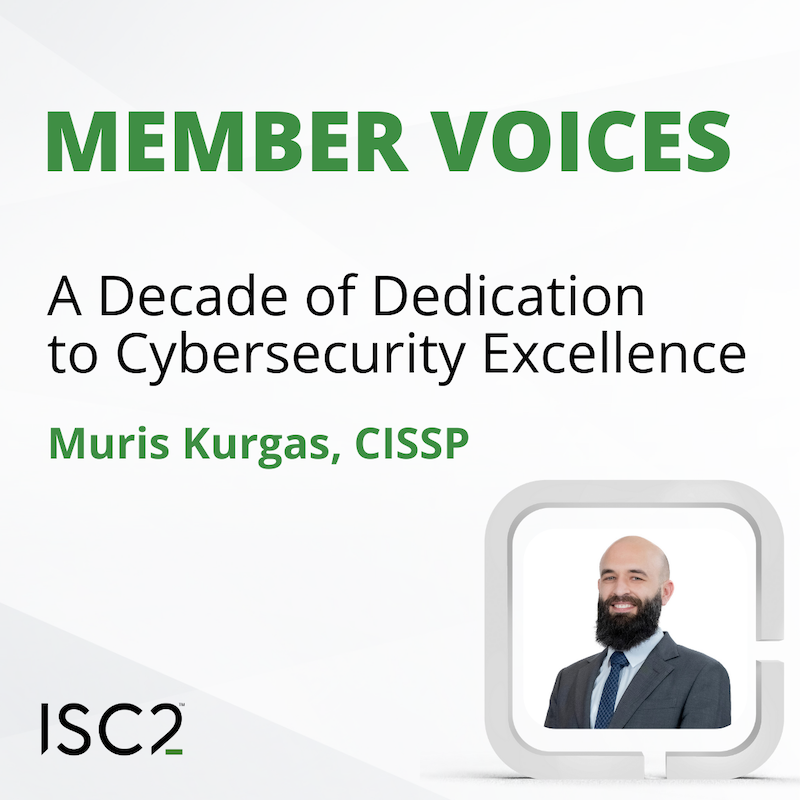 On International Women’s Day, we look back at the legacy of Rear Admiral
Grace Hopper, an innovator and trailblazer in software development and
standards for testing computer systems and components.
On International Women’s Day, we look back at the legacy of Rear Admiral
Grace Hopper, an innovator and trailblazer in software development and
standards for testing computer systems and components.
It would be wrong, as we reach International Women’s Day 2023, not to write about a prominent woman from the tech-and-cyber world. And of the rising number of female stars of the industry, there is one whose name rises immediately to the top of the list: the late Rear Admiral Grace Brewster Hopper, who was born Grace Murray in December 1906 and lived until the age of 85.
Mathematics was core to Hopper’s education; her PhD was mathematics-based, following on from her first degree (in and math and physics) and then a Master’s. After gaining a Master’s at Yale University, she became a teacher at her original university Vassar College and was promoted to associate professor some years later.
Hopper’s entry into the U.S. Navy was via the Naval Reserve, as the core Navy declined to admit her. After completing the mandatory training programme (unsurprisingly, records note that she scored highest in her class) was sent to work on Harvard University’s Bureau of Ships Computation Project and became part of the team working on the “Mark 1”. This was a World War 2 IBM project to build an electro-mechanical computer for use in processing high-speed calculations for a variety of military applications. The project was a success, and gave significant value to the US war effort.
Post-war, Hopper decided to continue in the field of computing despite being offered a full professorship at her university. The Navy continued to decline her a full commission (by this time she was too old) and she parted company with Harvard because (with an ironic twist given how eminent she went on to be) they didn’t at that time give permanent employment to women.
Hopper then went to work for what was then called the Eckert-Mauchly Computer Corporation, as a mathematician. EMCC had built the ENIAC – an electronic computer – on which these days we would undoubtedly hang the title “next generation technology”. And it’s at EMCC that she changed the lives of computer programmers (who, incidentally, were referred to as “coders” even back then) by musing: what if we could program these things using human-readable language, not weird symbols and machine language?
At this point, we need to pause and look at a surprising fact about the six-person ENIAC programming team. Their names were Jean, Betty, Ruth, Kathleen, Marlyn and Frances … yes, an entirely female team of programmers. Rather apt, given the motivation for this tribute to Grace Hopper.
Hopper produced the first compiler, which took mathematical code (which mathematicians understood and could write) and transformed it into machine code (which is what the computer actually executes). The next step was to do something similar but with source code with commands that looked recognizably like English, in a language called FLOW-MATIC … which turned out to be the precursor of what we now know as COBOL.
In a further twist of irony, when Hopper decided to leave the Naval Reserve she was promptly snapped up by the Navy, for whom she worked from 1967 to 1986. One can imagine the wry smile on her face when the organisation she’d tried to join more than once had now come knocking on her door to get her in. (Incidentally, if you hadn’t noticed, this means she was 79 when she retired from the Navy – the oldest active officer at the time).
During that time in the Navy, Hopper advocated for the Defense Department to replace large, centralized systems with networks of small, distributed computers that are the commonplace networks we see in the workplace today.
Hopper developed the implementation of standards for testing computer systems and components, most significantly for early programming languages such as FORTRAN and COBOL. The Navy tests for conformance to these standards led to significant convergence among the programming language dialects of the major computer vendors. In the 1980s, these tests (and their official administration) were assumed by the National Bureau of Standards (NBS), known today as the National Institute of Standards and Technology (NIST) .
Hopper’s abilities were clearly recognised by the likes of EMCC and – eventually – the US Navy. Wind the clock forward to today, and the impact she made on the field of computing continues to be recognised over and over again. She has had a warship , a Naval Academy building and a supercomputer named after her, and the latest nod to her greatness is a trans-Atlantic data cable laid and owned by Google. And if we find ourselves craving another reference to International Women’s Day, we should look no further than the Grace Hopper Celebration of Women in Computing , which has run since 1994 and for which the 2023 event takes place in Florida in September.
Grace Hopper became one of the leading lights of computing, a reputation earned entirely through intelligence, intuition, innovation and dogged determination. As Vice Admiral Ted Carter , superintendent of the US Naval Academy, put it : "Her vision, her legacy, will follow through in this field of dreams of cyber for the admiral of the cyber seas – Admiral Grace Hopper".


